- Back/Neck Pain
- Whiplash
- Knee Pain
- Shoulder/Arm Pain
- Chronic pain
- Foot/Ankle
- Generalized Weakness
- Pelvic Pain/Incontinence
- Lymphedema
- TMJ
- Vertigo/Dizziness/Balance Issues
- Motor Vehicle Accident Related Pain
- Pre and Post Partum Pain
- Post Operative Care
TREATMENTS
Our therapists are highly skilled in movement assessment and can help individuals feel better utilizing a combination of individualized manual therapy, therapeutic exercise and patient education.
* Services are not available at all locations. Call the location near you for that center’s services.
We offer a FREE 15 minute screening to see if Physical therapy is appropriate for you. Please call to schedule.
If pain or an injury is affecting your lifestyle, a physical therapy screening can provide you with valuable recommendations from a licensed physical therapist.
* Already have a doctor’s referral? Let us know upon scheduling and our staff will ensure that we offer the best possible care tailored to your specific needs.

Instrument-Assisted Soft Tissue Mobilization
instrument assisted soft tissue mobilization is an effective manual therapy treatment to help relieve pain from soft-tissue injuries. Physical therapists use specially designed tools to help remodel scar tissue, increase range of motion and decrease pain. This technique is designed to improve blood flow and scar tissue mobility, decrease muscle spasms and improve healing.
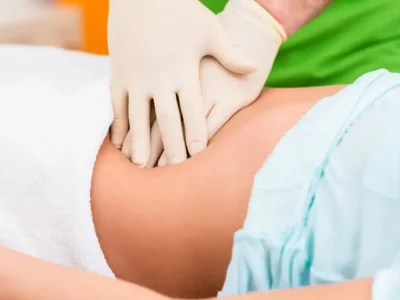
MANUAL THERAPY
Manual therapy refers to the “hands-on” treatment of under performing muscles, tendons, ligaments, and joints. Encompassing a broad group of techniques performed by trained physical therapists, manual therapy treatments may include moving the joints in specific directions to regain movement (joint mobilizations), muscle stretching, passive movements and movements designed to improve muscle activation. Specific soft tissue techniques are also used to improve the mobility and functioning of tissues, nerves, and muscles.
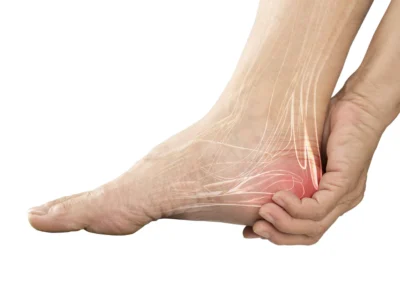
Neurological Rehabilitation
Neurological disorders affect millions of Americans. The nervous system is a complex system that controls all of the workings of your body. When you have a condition that affects the nervous system, symptoms can include difficulty with moving, balancing, talking, swallowing, and even breathing. In addition, neurological disorders can affect your memory and ability to learn.</p> <p>Physical therapy is essential for people who are suffering from the effects of a neurological disease. Without physical therapy, you can lose the ability to complete certain activities, independence, and overall function.

GENERAL WEAKNESS
Overall body weakness can result in loss of strength, flexibility, balance, and endurance. It can also result in an inability to perform normal activities of daily living such as cooking, cleaning, or self-care. While more common in the elderly population, this can also occur in younger people after trauma, disease, and prolonged bed rest or due to chronic pain

PELVIC FLOOR, PRE AND POST PARTUM CARE
Our therapists have extensive specialty training to treat a wide range of pelvic floor conditions in addition to orthopedic concerns.</p> <p>Coccyx Pain<br /> Increased bowel and bladder urgency<br /> Painful intercourse<br /> Pain or pressure in pelvic area<br /> Diastasis Recti<br /> Education for limiting strain to your body while caring for your baby<br /> Feeding posture<br /> Joint Pain<br /> Return to exercise<br /> Scar mobilization

SPORTS INJURY, PRE AND POST SURGICAL REHAB
For people facing an injury either with or without surgery, the ultimate goal is to return to sports, reduce re-injury and complications after surgery, as well as to improve sports performance.<br /> Also, while most of us are familiar with a comprehensive post-surgical rehabilitation program, many of us are not aware of the benefits of a structured pre-surgical or “pre-habilitation” program. This is a program designed by your physical therapist to help you prior to surgery so that you can have a great outcome after surgery
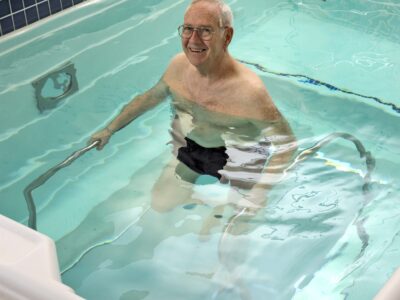
AQUATIC THERAPY
Aquatic physical therapy is the use of skilled physical therapy in an aquatic environment. The unique properties of water can enhance interventions for many injuries including orthopedic, neurologic, skin, and cardiovascular conditions. These properties include:</p> <p>Buoyancy: The buoyancy of water absorbs most of the pressure that our body weight puts on our joints.<br /> Hydrostatic Pressure: The hydrostatic pressure of water can reduce swelling, increase blood flow, and increase lymphatic flow to enhance healing<br /> Accommodative Resistance: The resistance of water can be used to vary and progress strengthening exercises.

LYMPHEDEMA AND LIPODEMA
What is Lymphedema?<br /> Lymphedema is an abnormal collection of fluid (edema) just below the skin. It most often occurs in the arm or leg, but can occur in other parts of the body is well.<br /> People affected with lymphedema often have difficulty with everyday tasks due to the size of their limb, which can reduce their independence and quality of life. Symptoms may include:<br /> Heaviness and tightness<br /> Aching<br /> Infections<br /> Limited mobility</p> <p>Lipedema is a condition that is almost exclusively found in women and results in enlargement of both legs due to deposits of fat under the skin. Women of any weight may be affected and the fat is resistant to traditional weight-loss methods. There is no cure and typically it gets worse over time, pain may be present, and people bruise more easily. Over time mobility may be reduced, and due to reduced quality of life, people often experience depression. In severe cases the trunk and upper body may be involved. The cause is unknown but is believed to involve genetic and hormonal factors that regulate the lymphatic system, thus blocking the return of fats to the bloodstream.
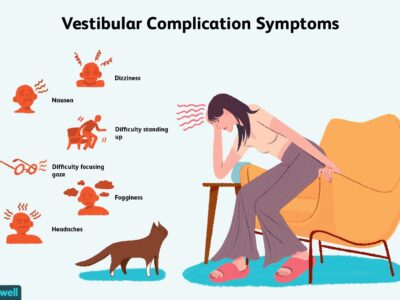
VERTIGO VESTIBULAR THERAPY
Vertigo is a common ailment that affects a large number of people every year. Although it isn’t life threatening, it can substantially affect quality of life. Vertigo is a sensation of spinning, rocking, or moving even if sitting still. Symptoms are worse with moving the head or body, such as rolling over in bed or bending over to pick something up. If aggravated, vertigo can also be associated with lightheadedness, nausea, or even vomiting. A physical therapist will complete a comprehensive evaluation to determine the underlying cause of your vertigo and will create a customized program to address your needs.<br /> Treatment for vertigo may include: Eye tracking exercises, balance exercises on various surfaces, walking exercises with various head movements, habituation exercises, canalith re-positioning procedures
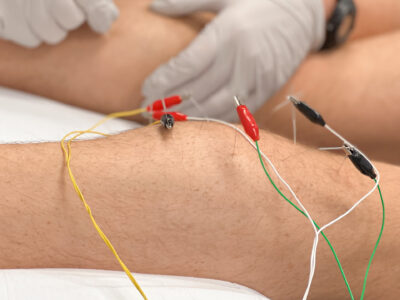
DRY NEEDLING
Dry Needling (DN) is an effective treatment for acute and chronic pain. It can promote healing after injury and improves a patient’s ability to move with less pain. DN is a therapeutic treatment that involves inserting a very thin filament needle into a “trigger point” or muscle spasm that refers pain to a specific area of the body.</p> <p>It is a common misconception that dry needling is like acupuncture. Although the tool we use is similar in that it is a very thin needle, our evaluation process, treatment and goals of the technique are very different from acupuncture. Our therapists will evaluate your neuromuscular system (nerves and muscles) and treat specific muscle tissue with the overall goal of improving movement. Our physical therapists will fully evaluate the function of your neuromuscular system to determine what tissues are contributing to your painful limitations and apply the dry needling techniques to improve healing, decrease pain and increase your ability to perform activities without limitations.


